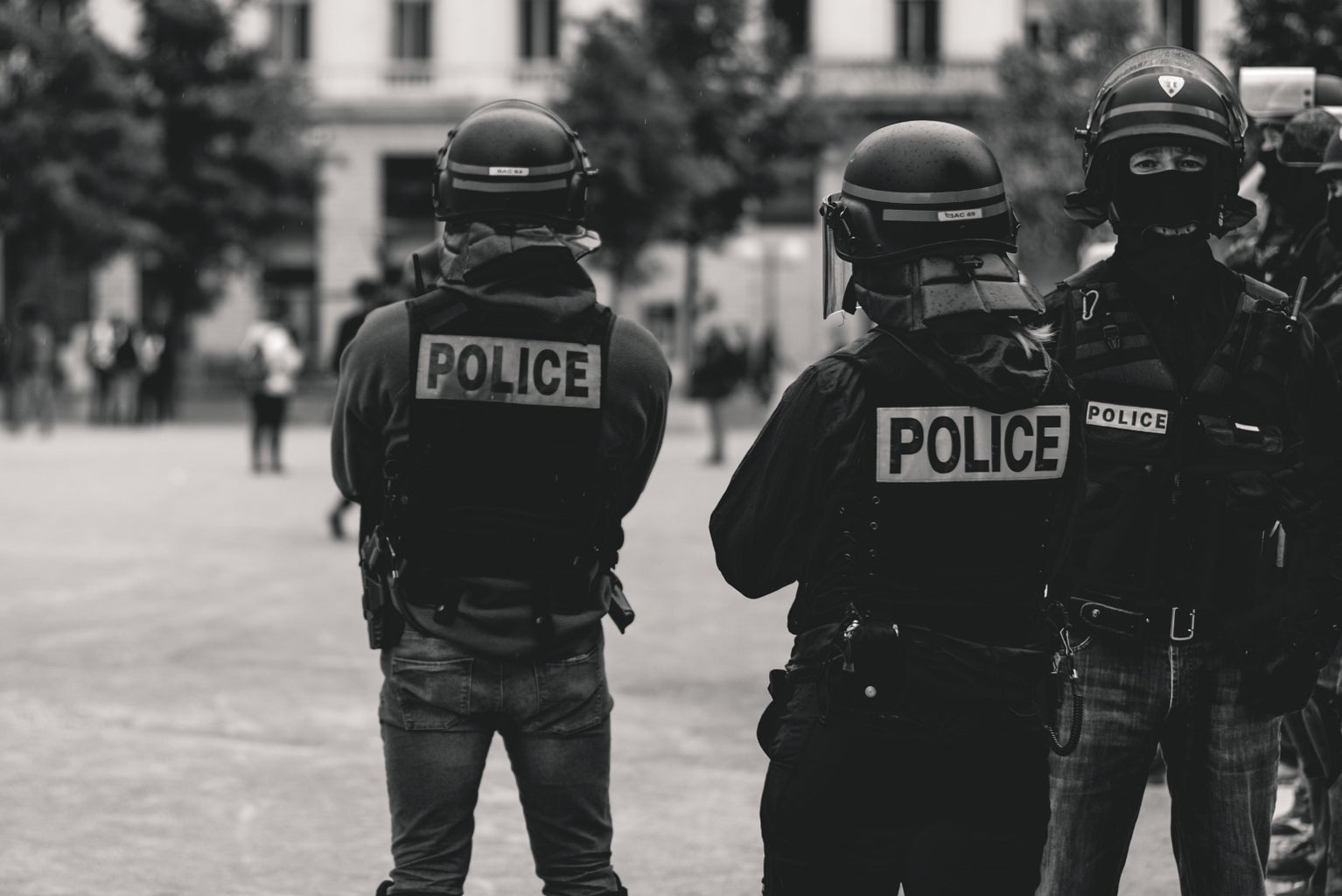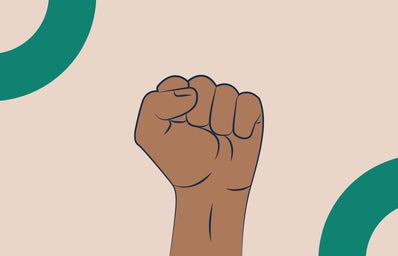As many of you may know, September is Hispanic Heritage Month, and just a few weeks ago was the 50th anniversary of Mexican-American journalist Ruben Salazar’s death. In honor of his passing, I’m going to shine the spotlight on him and the work he did for the Chicano community during his life.
Whether or not you’ve heard of him before, Salazar was an icon–and today is known as a martyr–for the Chicano movement, as he provided the community a voice through his journalism. The Chicano Movement, much like the Civil Rights Movement, arose in the 1960’s with the purpose of protesting and addressing social injustice against Hispanics in the community, primarily Mexican-Americans (who may also go by “Chicano/a/x”). The movement’s media coverage relied on reporters and journalists such as Salazar to carry its momentum not just locally, but nationwide.
Born in 1928 in Mexico, Salazar was just a baby when he came to the United States and was raised in El Paso, Texas. As a Mexican-American himself, Salazar grew up both witnessing and experiencing the struggles many were facing at the time, such as discrimination in schools and police brutality on the streets. After earning his bachelor’s degree in journalism at what is now the University of Texas at El Paso, Salazar took on several journalistic roles in his career, eventually transitioning from Spanish to English-language journalism and accepting a position with the Los Angeles Times in 1959 as their first Latino columnist. This role in particular would ultimately pave the way for the prosperity of both his career and the Chicano Movement.
Salazar was possibly the first to define what constitutes a “Chicano,” an alternative term for people of Mexican origin living in the United States. In his own words, “A Chicano is a Mexican-American with a non-Anglo image of himself.” This definition was key in that it gave new meaning to a word that may have previously been used as an insult and could now instead be used to spark pride and empowerment.

Salazar was an activist in the community through his work and brought widespread media attention to the struggles of his community, from residential segregation to substandard education. Salazar’s journalism was so unapologetic that he often angered law enforcement. His “Latin Newsmen, Police Chief Eat…Fail to Meet” story in March of 1970, for example, listed recent events of “policemen [dragging] teenage girls by the hair,” blocking a KMEX cameraman from filming a student disturbance, and yelling at station staffers at a protest. This column particularly angered the police chief at the time who accused him of “fabricating information from an off-the-record event.”
It was no surprise that most if not all Chicano demonstrations at the time were met with great police resistance. As Salazar wrote in a publication titled Strangers in One’s Land for the U.S. Commission on Civil Rights, “the most serious police harassment involves interference with attempts by Mexican Americans to organize themselves in order to assert their collective power.” So serious was the situation at hand that allegations against the Los Angeles Police Department arose, claiming that officers and deputies had not only beaten residents but also planted evidence when arresting them.

On August 29 of 1970, one of the largest demonstrations, called the Chicano Moratorium, took place in East Los Angeles to protest the Vietnam War. On a break during coverage, Salazar stopped at the Silver Dollar Bar and Cafe. Sheriffs responding to a call fired a tear gas projectile that struck him in the head. Unfortunately, the strike resulted in his death, which sparked rage throughout the Chicano community and inspired them to honor his legacy through the continuation of social justice activism.

Salazar may have only lived until he was 43 years old, but the work he did throughout his life for the Chicanx community can still be felt now. His journalism brought awareness to the injustices the community faced and ultimately pushed the movement to adopt his unapologetic activism. Without him, it’s likely that discrimination against Chicanx members of the community would have continued without the media–and, more importantly, the general U.S. population–ever really knowing.




